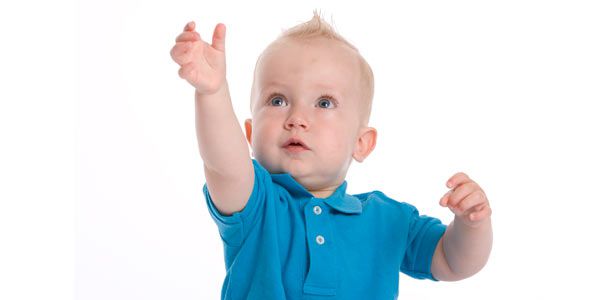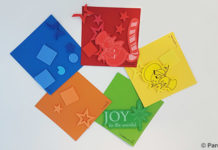Fine motor skills, the skills which allow children to control the use of their fingers and hands develop rapidly in toddlers. Development milestones are actions most toddlers can do with their hands by a certain age.
Toddlers 18-24 months
Toddlers between 18-24 months can usually:
- Hold a pencil or crayon in their fist.
- Use a crayon or pencil to scribble or make marks on a piece of paper.
- Pick up small objects like raisins using only the thumb and index finger (pincer grasp).
- Place objects in a container and dump them out again.
- Hold a toy with one hand and poke, push or pinch parts of it with the other.
- Finger feed themselves.
- Scoop food using a baby spoon or fork.
- Bring a baby spoon to their mouth for feeding, but they’ll still probably get lots of food on their face.
Toddlers 24-30 months
Between 24-30 months toddlers often:
- Begin to show a hand preference (for the left or right hand).
- Jab at paper and on it by holding a pencil or crayon in their fist and moving their entire arm while.
- Turning the pages of thick books one by one (instead of two by two or three by three).
- Roll, squeeze and pound paydough to make shapes.
- Use scissor to snip at the edges of the paper (which they’ll probably hold at an awkward angle).
- Hold scissors incorrectly, for example with both hands.
- Dollop glue onto paper (and have lots of fun in the process) but be unable to spread it.
Toddlers 30-36 months
Toddlers approaching their third birthday can usually already:
- Holding pencils, crayons and other writing implements in their fingers instead of their fist, but not yet in the correct writing grasp.
- Scribble circles and lines on their paper.
- Stack blocks and connect interlocking blocks.
- Thread a large bead onto a shoelace.
- Play with a peg board that uses large pegs.
- Do simple jigsaw puzzles, for example shapes or four piece puzzles.
- Feed themselves using utensils like a spoon.
- Drink from a cup without a lid on their own.
- Hold the cup in one hand.
- Help dress themselves.
- Unfasten large buttons
- Put on outer clothing like a jacket without help.
- Fasten and unfasten large zippers.
- Wash their hands with an adult’s help.
- Turn a door knob.
Links
 |
Download printable checklist. |
 |
Read more about fine motor skill development milestones for toddlers – 18-36 months. |
 |
Read more about fine motor skills. |
References
- Virginia Early Childhood Development Alignment Program. Milestones of child development- A guide to young children’s learning and development from birth to kindergarten. 2009. (cited 12 May 2014). Available from URL Link
- South Carolina Education Office of Early Childhood Education. South Carolina Infant and Toddler Guidelines. 2010. (cited 12 May 2014). Available from URL Link
- Community Childcare Cooperative Ltd (NSW). Development Milestones and the Early Years Learning Framework and the National Quality Standards. Australian Government Department of Education, Employment and Workplace Relations. 2012. (cited 5 May 2014). Available from URL Link
- Andrews M. General Categories of Fine Motor Development. Michigan State University Extension. UNDATED. (cited 28 March 2014). Available from URL Link
- 5. Owens A. Supporting children’s development- fine motor skills. Putting Children First. Issue 28. 2008. National Childcare Accreditation Council. [Full Text]
- Advertisement -
Date Created: November 5, 2014
Date Modified: July 3, 2018 


 (8 votes, average: 4.50 out of 5)
(8 votes, average: 4.50 out of 5) 






